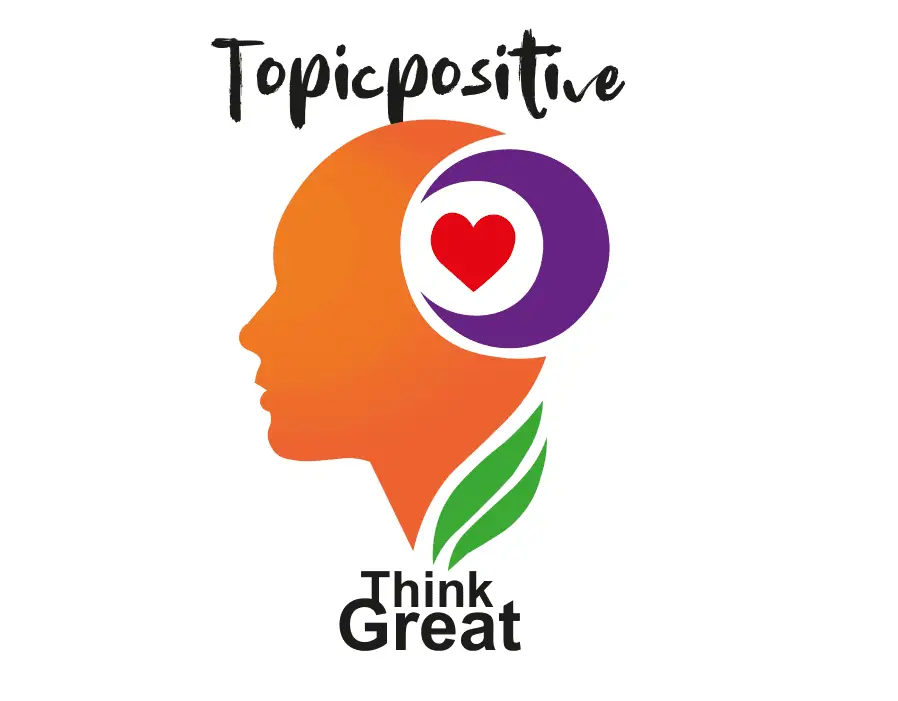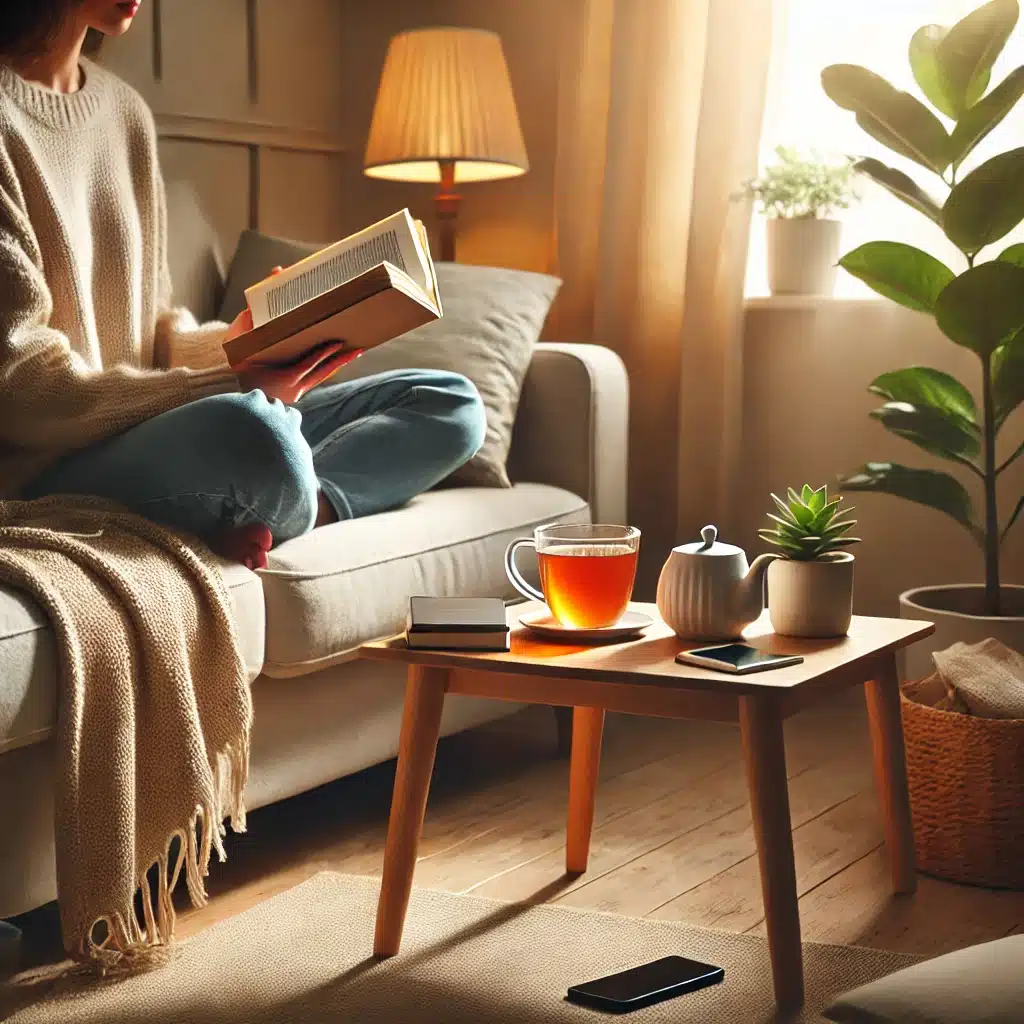We’re more connected than ever. Our phones, computers, and tablets keep us in touch with work, news, and friends. But all this screen time can take a toll on our mental health. That’s why practicing a digital detox can be so helpful. A digital detox means taking a break from screens and online activities. It lets us reset, relax, and refocus on what matters most.
In this guide, we’ll explore what a digital detox is, why it’s important, and how to start one. Whether you want a quick break from screens or a full digital reset, a detox can improve your mental health and help you feel more present.
1. What is a Digital Detox?
A digital detox is a planned break from screens and online activities. It can mean a full day without electronics, or even just a few hours where you put your phone away. This break gives you a chance to recharge and focus on yourself without the distractions of emails, social media, or notifications.
Digital detoxes come in all shapes and sizes:
- Full-day detox: No screens for an entire day.
- Evening detox: No screens in the evening, letting you relax before bed.
- Weekend detox: Taking a screen-free weekend to recharge.
- Social media detox: Avoiding social media to focus on real-life connections.
A digital detox is not about giving up technology forever. Instead, it’s about setting healthy limits and finding a balance between screen time and other parts of your life.
2. Why Digital Detoxes Are Important for Mental Health
Screens connect us, but too much screen time can affect mental health. Studies show that high screen use can lead to stress, anxiety, and even depression. Here are some reasons why a digital detox can help your mental health:
- Less Stress: Notifications, emails, and constant updates can make us feel overwhelmed. A detox lets you relax and focus on yourself, which lowers stress.
- Better Focus: Constant screen time makes it hard to concentrate. Taking a break from screens gives your brain a rest, helping you focus better on tasks.
- Improved Sleep: Screens can interfere with sleep. The blue light from devices keeps the brain alert, making it harder to relax and fall asleep. A detox helps improve sleep quality.
- Less Comparison: Social media can lead to comparison and low self-esteem. Seeing others’ highlights can make us feel less happy with our own lives. A social media detox can help us focus on our own achievements and happiness.
- Mindful Living: Being constantly online keeps us from enjoying the present moment. A digital detox encourages us to engage with the world around us and pay attention to real-life experiences.
In short, a digital detox is like a reset button for the mind. It helps clear out mental clutter and reduces stress, making it easier to feel calm and focused.
3. How to Prepare for a Digital Detox
To make a digital detox easier, it’s good to plan ahead. Here are some steps to prepare:
- Set a Goal: Decide what you want to achieve. Are you looking for better focus, less stress, or more sleep? Knowing your goal will help you stick to your plan.
- Pick a Time: Choose a day or time that works best for your detox. Weekends are great because they’re usually less busy. Start small if you need to, like an hour in the evening.
- Tell Others: Let friends and family know you’ll be offline. This way, they’ll understand why you may not reply right away.
- Find Offline Activities: Make a list of things you can do without screens. Reading, cooking, taking a walk, or spending time with loved ones are great options.
- Turn Off Notifications: To avoid the urge to check your phone, turn off notifications or set your phone to “Do Not Disturb” mode.
- Prepare an Away Message: If you’re taking a break from work emails, set an away message. This tells others you’re offline and lets you relax without worrying about messages.
Planning ahead will make your detox easier and more enjoyable.
4. Steps for a Successful Digital Detox
Once you’re ready, follow these steps for a successful detox:
a. Set Limits
Decide on clear rules for your detox. You can turn off your phone, avoid social media, or use technology only for specific tasks (like reading an ebook). These rules give structure to your detox.
b. Use Screen-Free Zones
Create areas in your home that are screen-free. For example, make your bedroom a no-phone zone. This makes it easier to avoid screens, especially at night.
c. Engage in Offline Activities
Instead of scrolling on your phone, spend time doing offline activities. Here are some ideas:
- Go for a Walk: Take a walk in nature to clear your mind.
- Read a Book: Get lost in a good book without any distractions.
- Exercise: Physical activity is a great way to improve mood and mental clarity.
- Do a Hobby: Draw, cook, garden, or try a new hobby.
d. Practice Mindfulness
Use your detox as a chance to practice mindfulness. Pay attention to your surroundings, breathe deeply, and enjoy the present. This will help you feel more grounded and less distracted.
e. Reflect on Your Experience
After your detox, think about how you feel. Did you feel calmer? Did you sleep better? Reflecting on your experience can help you decide if you want to make digital detoxes a regular part of your life.
5. Tips for Sticking to a Digital Detox
Sticking to a digital detox can be hard, especially if you’re used to being online. Here are some tips to make it easier:
- Start Small: If a whole day seems too hard, start with an hour each day. Slowly increase your screen-free time as you get used to it.
- Delete Social Media Apps Temporarily: Removing social media apps makes it harder to check them out of habit. You can always reinstall them after your detox.
- Turn Off Non-Essential Notifications: Constant notifications make it tempting to check your phone. Turn off notifications for apps that aren’t necessary.
- Put Your Phone in Another Room: Keeping your phone in a different room reduces the urge to check it.
- Remind Yourself of Your Goal: Remember why you’re doing a digital detox. Write down your reasons and refer to them if you’re tempted to go online.
- Find a Detox Buddy: Doing a detox with a friend can make it more fun and motivating. You can encourage each other to stay screen-free.
6. Long-Term Benefits of Digital Detoxes
Making digital detoxes a regular part of your life can have long-term benefits. Here’s how they can help over time:
- Less Stress and Anxiety: Regular detoxes reduce stress levels, making it easier to relax and focus on what matters.
- Better Sleep Patterns: With less screen time, sleep quality improves, which leads to better energy and mood during the day.
- Improved Focus and Productivity: Regular breaks from screens give your brain a rest. This makes it easier to focus and get things done.
- Stronger Relationships: Spending time with friends and family without screens lets you connect more deeply.
- Healthier Screen Habits: Detoxes help you develop a healthier relationship with technology. You’ll feel more in control of your screen time and less likely to overuse it.
With regular digital detoxes, you’ll experience the benefits of less screen time, leading to better mental health and well-being.
7. How to Balance Screen Time After a Detox
After your detox, it’s normal to return to screens. The key is to find a healthy balance. Here are some ways to manage your screen time going forward:
- Set Screen Time Limits: Use apps or phone settings to limit your time on certain apps. Many smartphones have screen time tracking options.
- Take Frequent Breaks: Even when you’re using screens, remember to take breaks. Stand up, stretch, or look away from the screen every 20 minutes.
- Unplug Before Bed: Try to avoid screens an hour before bedtime. This helps your brain relax and prepares you for a good night’s sleep.
- Choose Quality Over Quantity: Focus on using screens for tasks that matter to you, like connecting with friends or learning something new.
- Practice Mindful Screen Use: Be aware of how you feel when using screens. If you notice stress or fatigue, take a break and do something else.
Conclusion: Take a Break for Your Mental Health
In a world where screens are everywhere, a digital detox is a way to take back control of your time and mind. Taking a break from screens doesn’t have to be hard. Start small, find activities you enjoy, and set goals that work for you. Over time, you’ll notice the mental health benefits of reducing screen time—less stress, better focus, and more enjoyment in the present.


One thought on “Practicing Digital Detox for Mental Health: A Simple Guide”